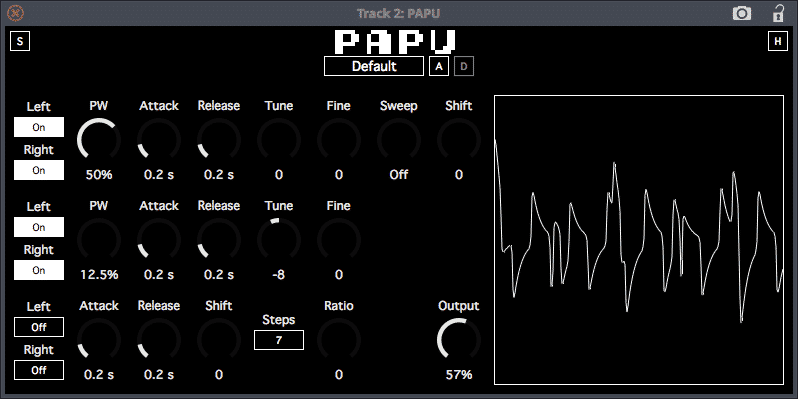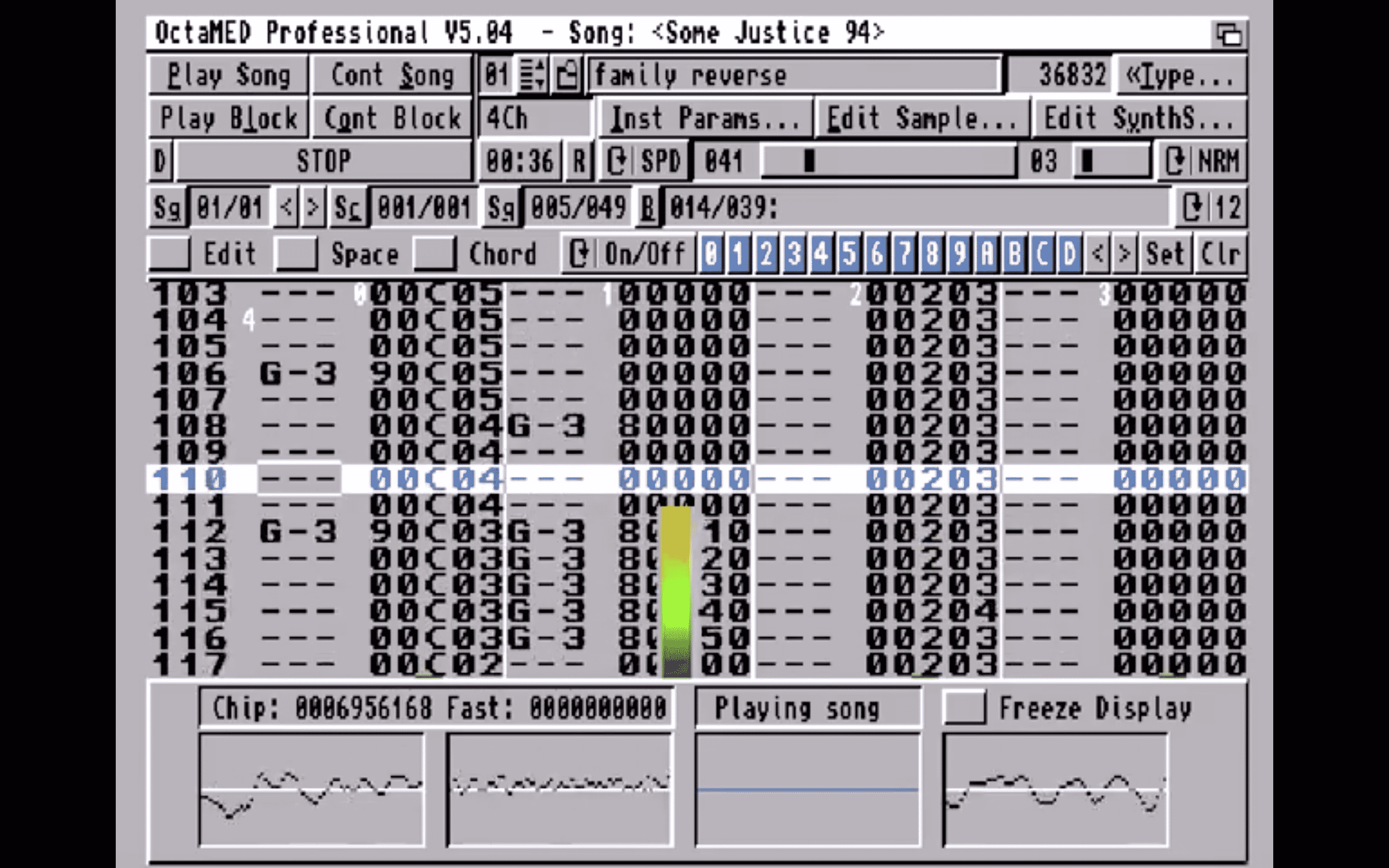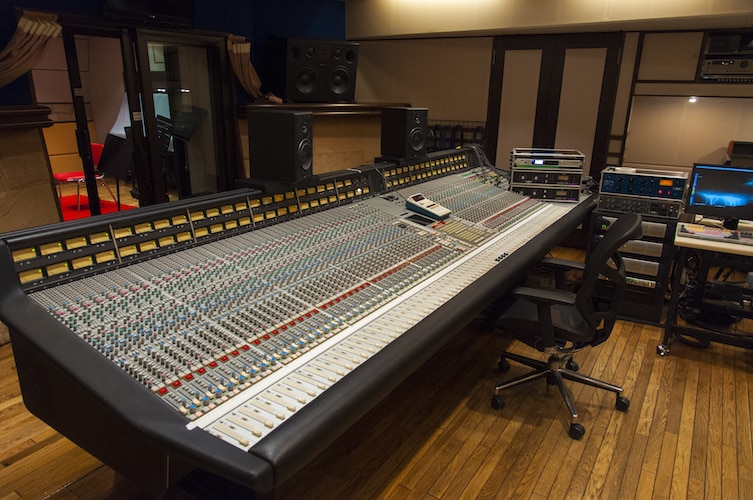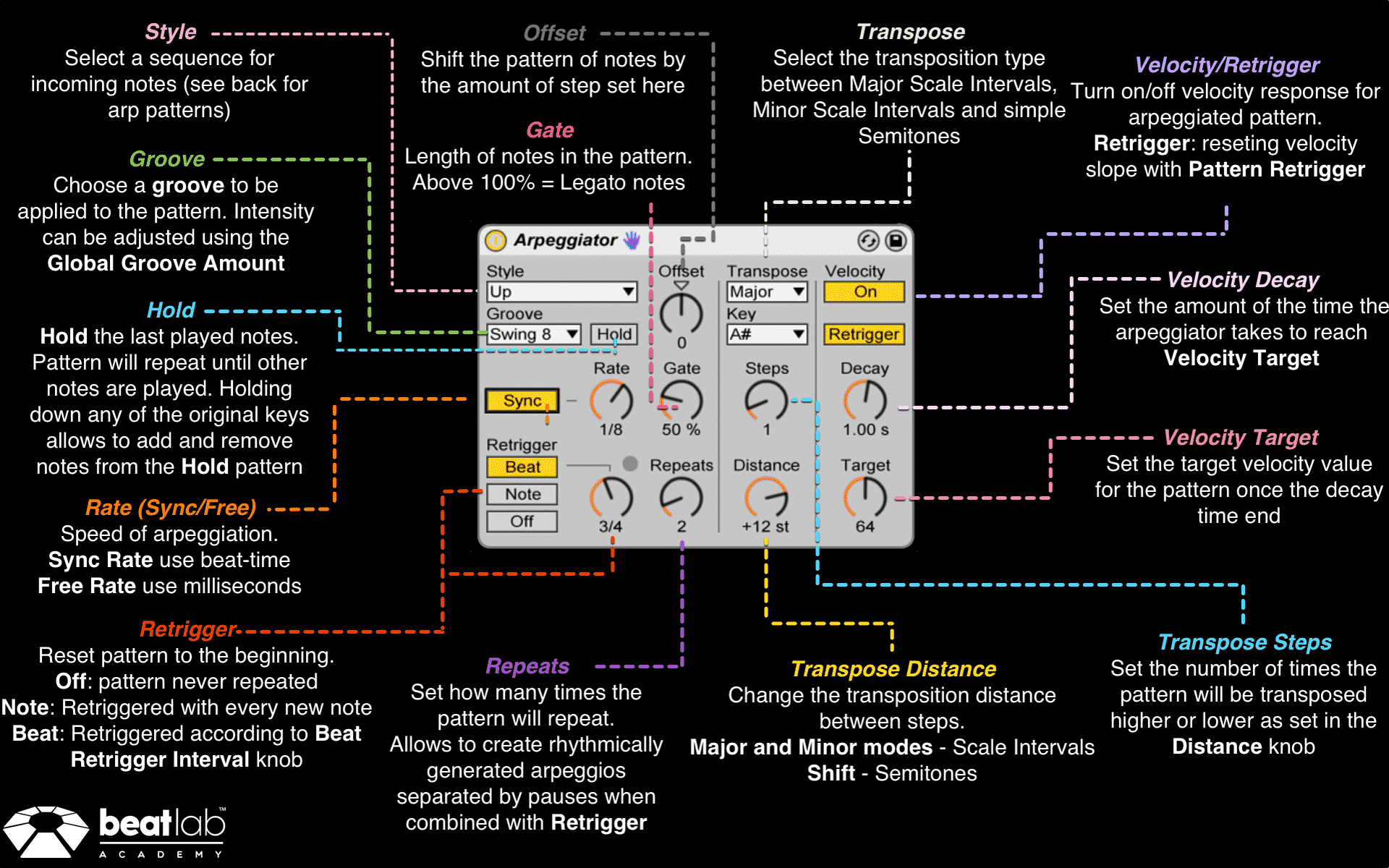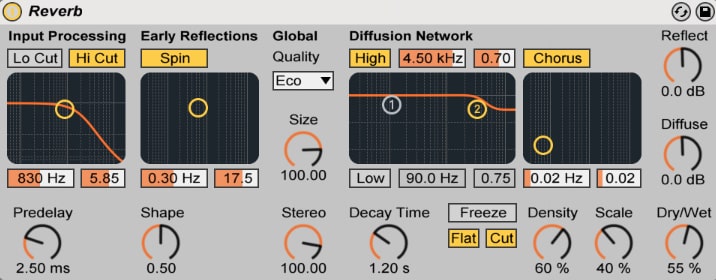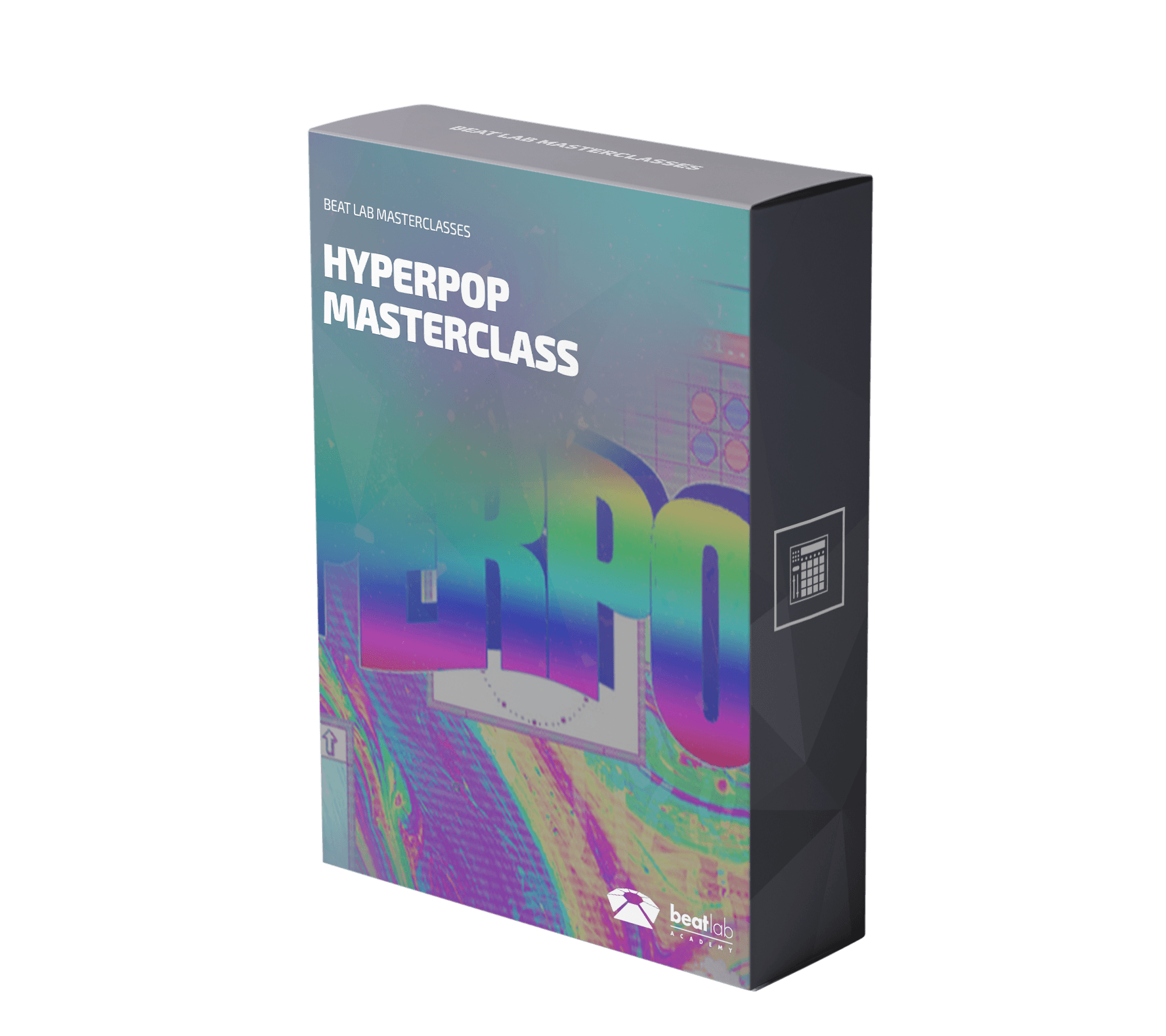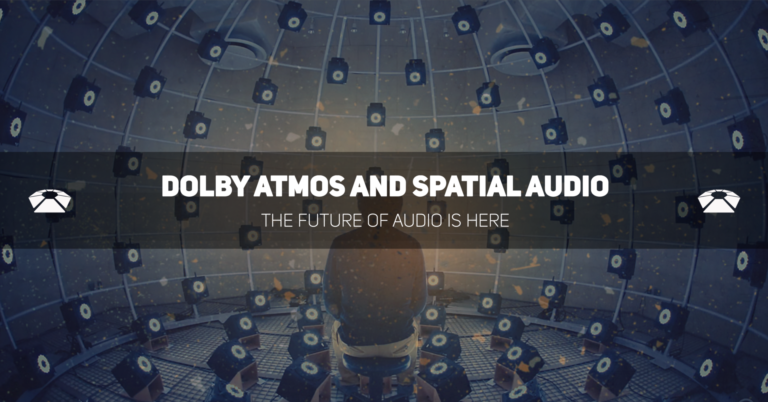Game On! – PAPU, Free Nintendo Gameboy Plugin
This week we took a look at a FREE plugin by Socalabs called 'PAPU' which emulates the Game Boy Sound System (or GBS) found in the OG Nintendo Gameboy.
The synth has 2 square-wave oscillators that each can be modulated by Attack and Release, Tune and Finetune, and Pulse Width knobs. The first oscillator offers a pitchshift knob which you modulate by negative or positive milliseconds. A Noise Oscillator is available with A/R knobs, and includes a Shift, Steps button (7 or 15 steps) and Ratio knob to adjust the timbre of the oscillator. All three oscillators have stereo outputs that can be individually switched on and off which allows for some interesting sound design, you could use any combination of. The sounds are absolutely reminiscent of old Nintendo so we thought it would be fun to show you how to achieve a chiptune sound to really spark those memories.
Loop (2017) – Ableton Hosts its 3rd Annual Summit for Music Makers
It's that time of the year again, when the heat creeps in, fades out teasingly, then wakes you up in mid-September to remind you that Summer ain't over yet even though Fall is just around the corner. By the time Autumn has finally shown up in early November everybody's favorite music company, Ableton will be ready to host its international music conference Loop. What is this conference all about?
The name was inspired by live-looping/loop-cutting, both are relatively new methods of performing/producing music on the fly by solo or group artists. The conference is described by Ableton as, "three days of discussions, performances, presentations, studio sessions, installations and interactive workshops designed to share ideas at the forefront of music, technology, and creative practice". The conference will be held at the historic Funkhaus Nalepastraße radio station in Berlin for the third year.
Soundtrackers – The Secret Sauce Behind Aphex Twin, IDM and Glitch Music
Anyone using a DAW nowadays should be familiar with MIDI instruments and the Piano Roll (#blessed). Before the Piano Roll became a staple in music production, explorers in electronic music relied on step-sequencers of all types.
The earliest analog step-sequencers were used in player pianos which were fed rolls of paper with holes punched into it to tell a piano which notes to play, hence the 'Piano Roll'. Software step-sequencers were developed for and have been used in computer music since the 1950's, allowing for composition, playback, and sound synthesis. In the 1980's we saw the invention of Soundtrackers which were some of the first software step-sequencers to allow for complex music production.
You’re Doing Too Much: Common Mix Mistakes
You’re Doing Too Much: Common Mix Mistakes We are currently in the middle of two weeks of advanced mixing techniques in our most advanced class here at Beat Lab, and it’s amazing how the more we learn about the process the more we keep coming back to the basics. The simplicity of the concepts of proper EQ, compression, and balance can make these tasks appear to be easy and we often feel we have grasped their importance before we really have. We have all been there and every part of this process of creating records from songwriting, to production, to mixing, and mastering is all it’s own endless rabbit hole so don’t be discouraged. If you feel your mixes still aren’t where you want them to be it’s possible all that is missing is the strongest possible foundation. From there there is often little work left to do. More advanced concepts will definitely …
Read More5 Arpeggiator Techniques + Free Cheat Sheet
5 Arpeggiator Techniques + Free Cheat Sheet We continue with our Ableton Effects cheat sheet series. Check out the previous cheat sheets and techniques by CLICKING HERE. The entire collection is available to Beat Lab students and alumni. Up until now we shared many techniques and cheat sheets cover the audio effects in Ableton Live. The Arpeggiator is the first MIDI effect we tackle. Because it’s a MIDI effect, it must come before an instrument. It does not make a sound on its own but only change the incoming MIDI signals. It can be a very powerful tool to create melodic sequences, basslines, arp textures and percussion phrases and fills. In the most simple form, it can even act as a note repeater. Let’s check out a few ideas of what to do with it. divider style=”clear” Instant Fills Arpeggiator in Random Style can help you create some awesome …
Read MoreGetting to Know Your Different Reverbs
Getting to Know Your Different Reverbs Reverb is one of your most important tools for sound design and mixing as a music producer. The perfect reverb type with the right settings (dry/wet, decay time, size, etc.) can make a sound or mix come alive, and the wrong type and settings can kill a mix for a variety of reasons. Your most important tool for the right reverb is your ears and while it is a relatively simple concept, like everything in music production, reverb becomes a deep rabbit hole once you start getting into all of its possibilities. Ask Audio recently did a nice overview of the different reverb types and we thought we’d do our own to provide our community with what we found to be some very useful tips and guidelines. Below we’ll go over a few of the major types of reverb and their common usage. divider style=”clear” …
Read More